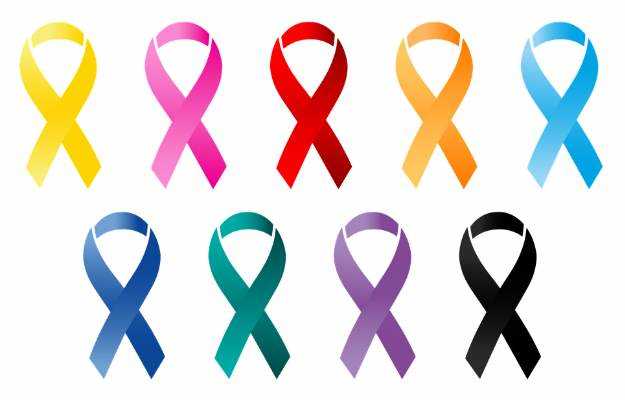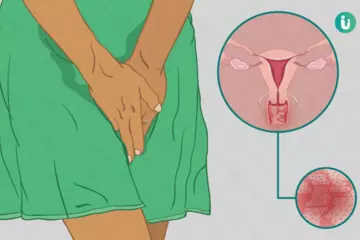What is Rhabdomyosarcoma?
Rhabdomyosarcoma (RMS) is a cancer of very early forms of muscle cells, normally skeletal (voluntary) muscles, which control movements of the body parts. Though it is found anywhere in the body (even at places where skeletal muscles are not there) it is mainly found in the head and neck region, urinary and reproductive organs, arms and legs and trunk.
What are its main signs and symptoms?
The signs and symptoms of Rhabdomyosarcoma (RMS) differ from individual to individual and depend upon its size, extent, and location. Some of the signs and symptoms include:
- A lump or swelling.
- Pain and/or numbness or tingling sensation in the affected area.
- Redness.
- Weight loss.
- A constant cough.
- Weakness.
- Vomiting.
- A bulge in the eyes, sometimes impairing vision.
- Earache along with a headache.
- Nosebleeds, or sinus congestion in the case of nasal involvement.
- Blood in urine.
- Vaginal bleeding.
- Painful urination and bowel movements or constipation.
- Jaundice, rarely.
- Bone pain.
What are the main causes?
Though the main cause of rhabdomyosarcoma is unknown, it is thought to be associated with genetic mutations.
How is it diagnosed and treated?
The physician will take a complete history of the symptoms followed by a complete physical examination to check for any lumps. The physician might advise the following tests further:
- Blood tests, which include:
- Complete blood count (CBC)
- Blood chemistry
- Imaging tests to find out the extent of a tumour if present and monitor the effectiveness of the treatment. These tests include:
- X-ray
- Ultrasound
- Computed tomography (CT) Scan
- Magnetic Resonance Imaging (MRI)
- Endoscopic Ultrasound Scan (EUS)
- PET (positron emission tomography) scan
- Histopathology, which includes different types of biopsy, such as:
- Core needle biopsy
- Fine needle aspiration (FNA) biopsy
- Bone marrow aspiration and biopsy
- Lumbar puncture (spinal tap)
Treatment for rhabdomyosarcoma depends on a number of factors including the size and location of the tumour and the age of the person. The various treatment modalities include:
- Chemotherapy using various therapeutic agents.
- Surgery wherein the tumour or the affected part is removed.
- Radiotherapy or Proton beam therapy.
















